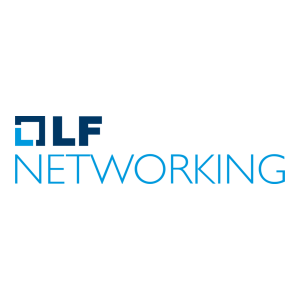LF Networking announces release of L3AF version 2.1.0

LF Networking, the de-facto collaboration ecosystem for Open Source Networking projects, has announce the release of L3AF 2.1, packed with powerful new features designed to enhance performance, reliability and flexibility for modern network operations. L3AF, a project hosted under LF Networking, provides advanced tools for network observability, traffic management and performance optimisation.
This release continues the mission to provide open, cutting-edge solutions in eBPF-based networking, now with improved support for cloud native environments, increased observability and streamlined operational upgrades.
“As we continue to see eBPF emerge as a transformative technology for observability and networking, projects like L3AF play a critical role in pushing the boundaries of what’s possible in modern infrastructures,” said Arpit Joshipura, the general manager of networking, edge and IoT at the Linux Foundation. “The new features in L3AF 2.1—especially its support for containers and BPF CO-RE—underscore its relevance for cloud native ecosystems and the rapidly growing demand for portable, scalable networking solutions.”
“As one of the largest retailers in the world, Walmart relies on innovative technology to ensure the performance, security and scalability of our global network infrastructure,” said Mohit Arora, the vice president of runtime platforms at Walmart. “Open source is an important part of our strategy, and L3AF provides us with the flexibility and observability we need to manage our complex, large-scale networks. With the new features in L3AF 2.1, we are able to enhance our network operations without disruption, ensuring that our systems continue to deliver the level of performance our customers expect.”
“This release is a significant milestone for L3AF and our community,” said Patrick Moroney, a member of the L3AF technical steering committee. “The introduction of graceful restart and advanced observability features such as kprobes and tracepoints enhances our operational resilience and monitoring capabilities, while container support marks a crucial step toward cloud-native integration. We’re excited to see how these new features will help users optimise their networks in real-world scenarios.”
Key highlights of L3AF v2.1:
- L3AF 2.1 introduces graceful restart functionality, allowing upgrades of the L3AF control plane without impacting any running eBPF programs in the data plane.
- Container support for l3afd: L3AF can now run within a container, equipped to operate in cloud native environments, improving orchestration and scalability for users using cloud-native platforms.
- BPF CO-RE in the eBPF package repository: L3AF 2.1 now supports BPF CO-RE, enabling portable BPF applications that run across different Linux kernels without modifications.
- Support for kprobes and tracepoints: Enhanced observability with support for kprobes and tracepoints, providing deeper kernel-level insights for better eBPF troubleshooting.
- Dynamically add programs to new interfaces: L3AF 2.1 allows dynamic program attachment to new interfaces, benefiting complex network environments like multi-VM hypervisors.
- Alternative traffic management options: L3AF now supports attaching eBPF programs to HTB qdisc hooks for refined traffic shaping and resource allocation.
- Enhanced logging and storage for easier debugging: Improved logging with local filesystem storage simplifies debugging, accelerates issue resolution and supports integration with centralised log analysis systems for better observability.
- L3AF goes to Docker Hub: L3AF is now available on Docker Hub, making deployment easier within containerised environments for streamlined DevOps integration.
With these new capabilities, L3AF strengthens its position in the eBPF-based networking and observability solutions industry. This release opens the door for improved cloud native integration, zero-downtime upgrades and expanded monitoring capabilities, making it easier for enterprises to manage and optimise their network infrastructure.
Comment on this article below or via X: @IoTGN and visit our website IoT Global Network
